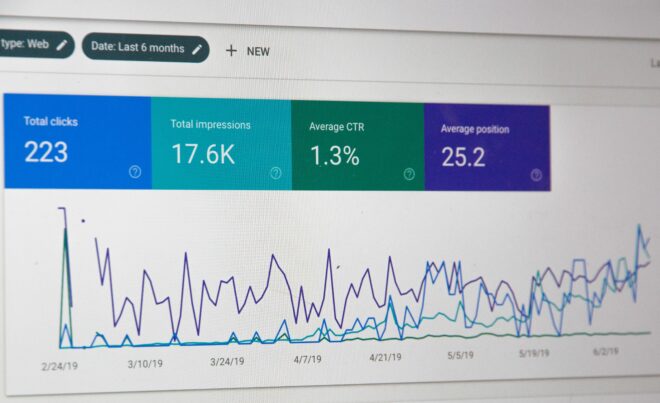Unlocking the Power of Rich Snippets and Structured Data for Better SEO
Structured data and rich snippets are game-changers in the SEO landscape, offering an edge in visibility and click-through rates. While most marketers are acquainted with the basics, there’s a world of technical potential that remains largely untapped. Here’s how to go beyond surface-level techniques to supercharge your SEO efforts.

Photo by Arkan Perdana
Why Structured Data?
Structured data allows search engines to understand the context and content of your website, thereby improving the accuracy of search results. When well-implemented, it can lead to rich snippets — those informative previews of a site’s content that appear directly in search results. Rich snippets can include reviews, images, business hours, and more, making your site instantly more attractive to potential visitors.
The Technical Angle
JSON-LD (JavaScript Object Notation for Linked Data) and Microdata are the most popular formats for adding structured data to your site. These can be inserted directly into the HTML or dynamically generated through JavaScript. Both methods allow you to give context to the information on your site, be it articles, recipes, or, in the context of e-commerce, product data.
Example: E-commerce Product Data
Imagine you run an e-commerce site selling smartwatches. A basic HTML structure might list the product name, price, and a brief description. With structured data, you could provide far more details that search engines can use. Below is a JSON-LD example:
{
"@context": "http://schema.org/",
"@type": "Product",
"name": "XYZ Smartwatch",
"image": "xyz-smartwatch.jpg",
"description": "A smartwatch with multiple features.",
"brand": "XYZ",
"sku": "12345",
"offers": {
"@type": "Offer",
"priceCurrency": "USD",
"price": "299.99",
"availability": "http://schema.org/InStock"
},
"aggregateRating": {
"@type": "AggregateRating",
"ratingValue": "4.5",
"reviewCount": "300"
}
}This data can lead to a rich snippet that shows not just the product name and description, but also its price, availability status, and aggregate rating, all right in the search results.
Testing and Validation: Using Google’s Structured Data Testing Tool
A crucial but often overlooked step in the process of implementing structured data is testing and validation. Errors in your schema can have the opposite of the intended effect, potentially leading to poor search result performance or even penalties from search engines. Fortunately, tools like Google’s Structured Data Testing Tool make it easy to verify that your structured data is up to snuff.
How to Use the Tool
- Navigate to the Tool: First, visit Google’s Structured Data Testing Tool.
- Input Your Data: You can either enter the URL of the page you wish to test, or copy and paste the code directly into the tool. For the latter, ensure that the code snippet you paste includes the structured data you want to test.
- Run the Test: Once you’ve entered your data, click “Run test” to let the tool analyse your structured data.
- Review Results: The tool will provide a detailed report highlighting any errors or warnings, and offer suggestions for improvement. It will also show a preview of how your site’s rich snippet may appear in Google search results.
What to Look For
- Errors: These are critical issues that could prevent your structured data from being parsed correctly.
- Warnings: These are not as severe as errors but should be corrected for optimal performance.
- Preview: Use the preview to verify that all the elements (like ratings, price, etc., in the case of e-commerce products) are displaying correctly.
Final Thoughts on Testing
After running the test, make any necessary adjustments to your structured data and run the test again until you get a clean bill of health. The Structured Data Testing Tool is not just a one-off measure; it’s good practice to use it periodically, especially after making changes to your website, to ensure that your structured data is always correctly implemented.
Testing is an integral part of the structured data implementation process. By leveraging tools like Google’s Structured Data Testing Tool, you add an extra layer of assurance, ensuring that your painstakingly implemented schemas are doing their job — making your site more visible and attractive in search results.
Key Takeaways
- Embrace structured data formats like JSON-LD to make your website’s content more accessible to search engines.
- Don’t just limit structured data to articles and blog posts. Utilise it to offer richer product data in e-commerce platforms.
- Test your structured data implementations with Google’s Structured Data Testing Tool to ensure they are correctly formatted.
Put Structured Data On Your Technical Checklist
Implementing structured data and aiming for rich snippets should be on every marketer’s technical checklist. While it might seem daunting, the payoff in terms of SEO effectiveness is well worth the effort. Start with familiarising yourself with Schema.org, pick the relevant schemas for your content, and gradually implement them to see notable improvements in your site’s search performance



